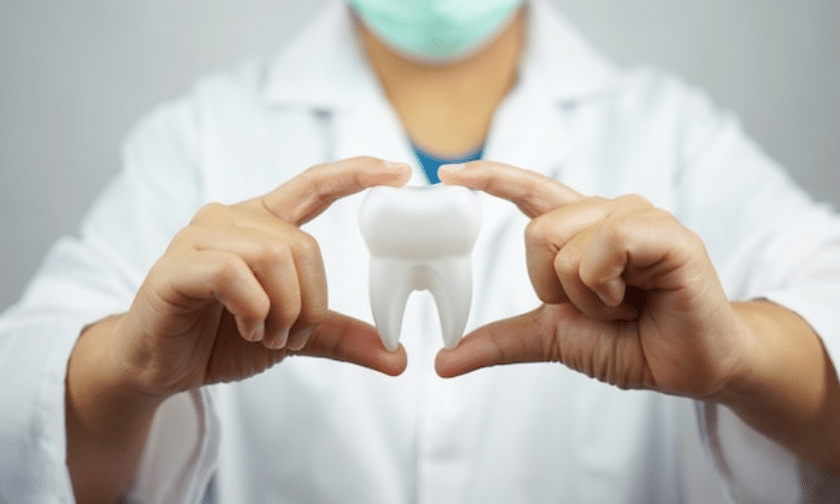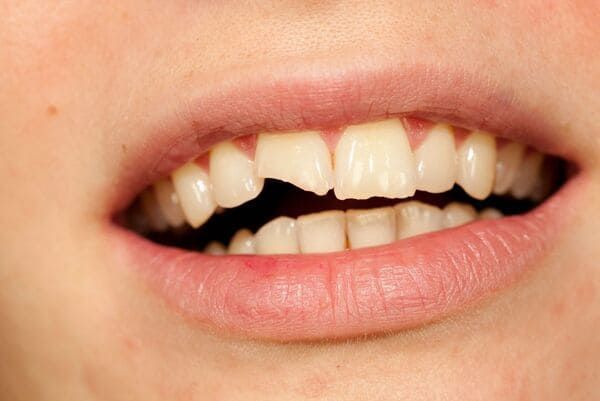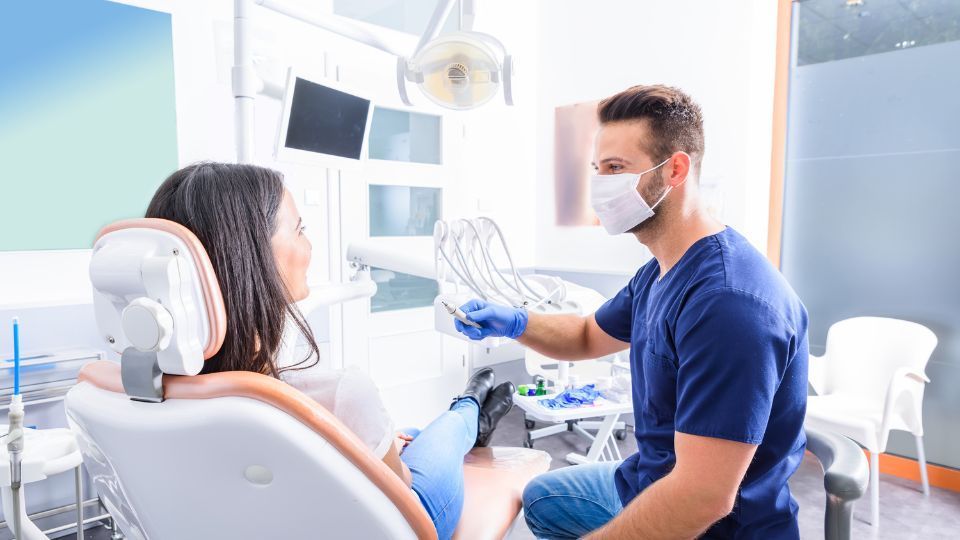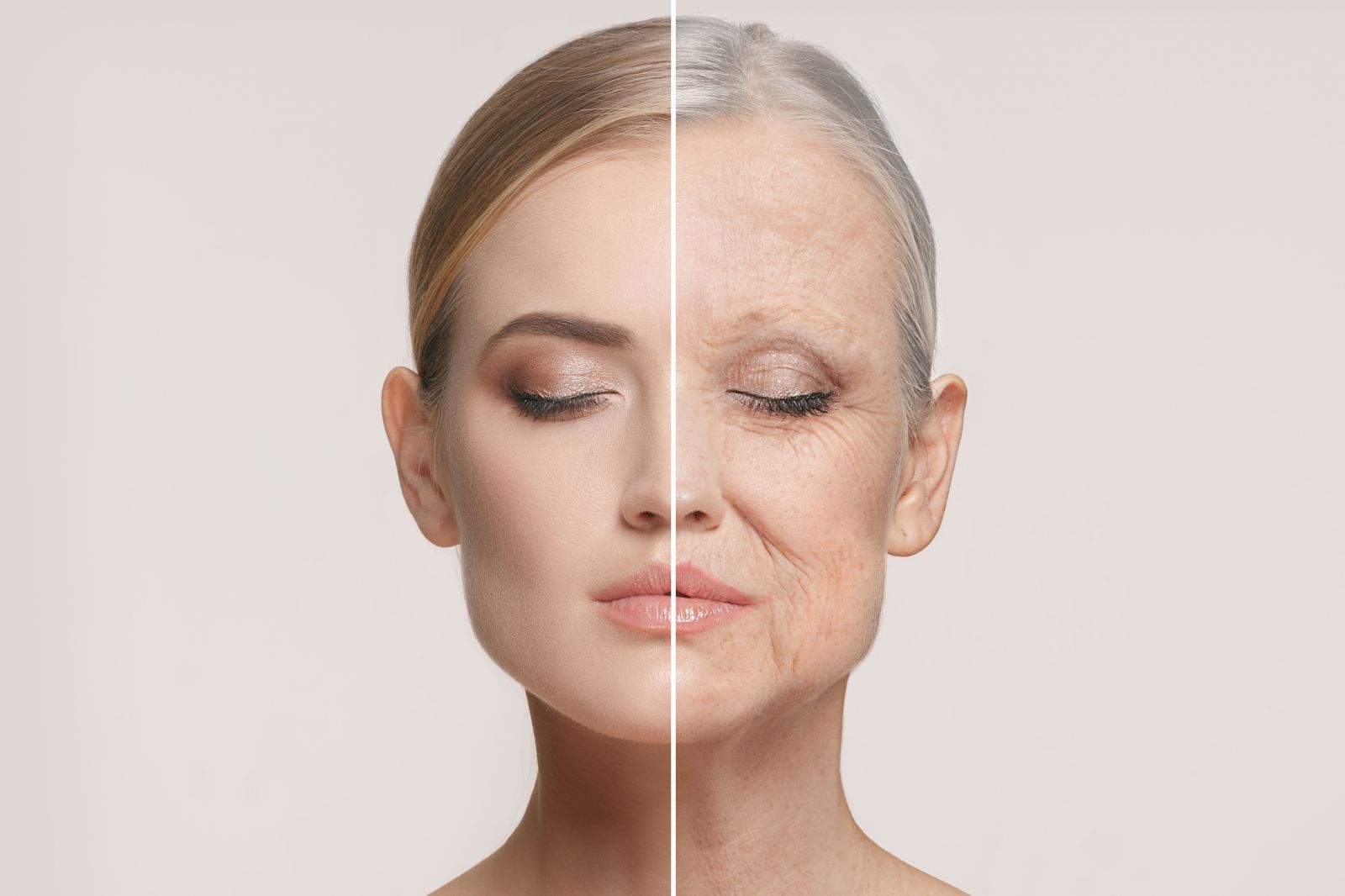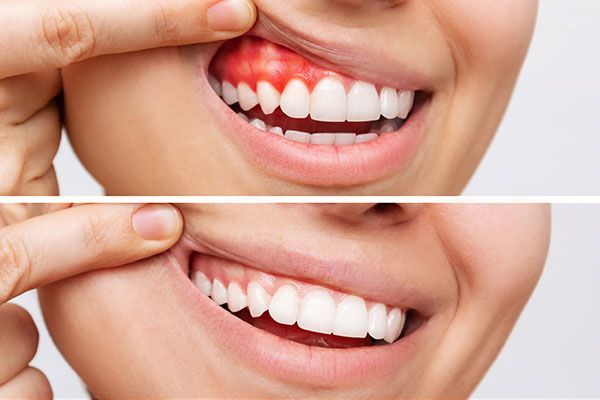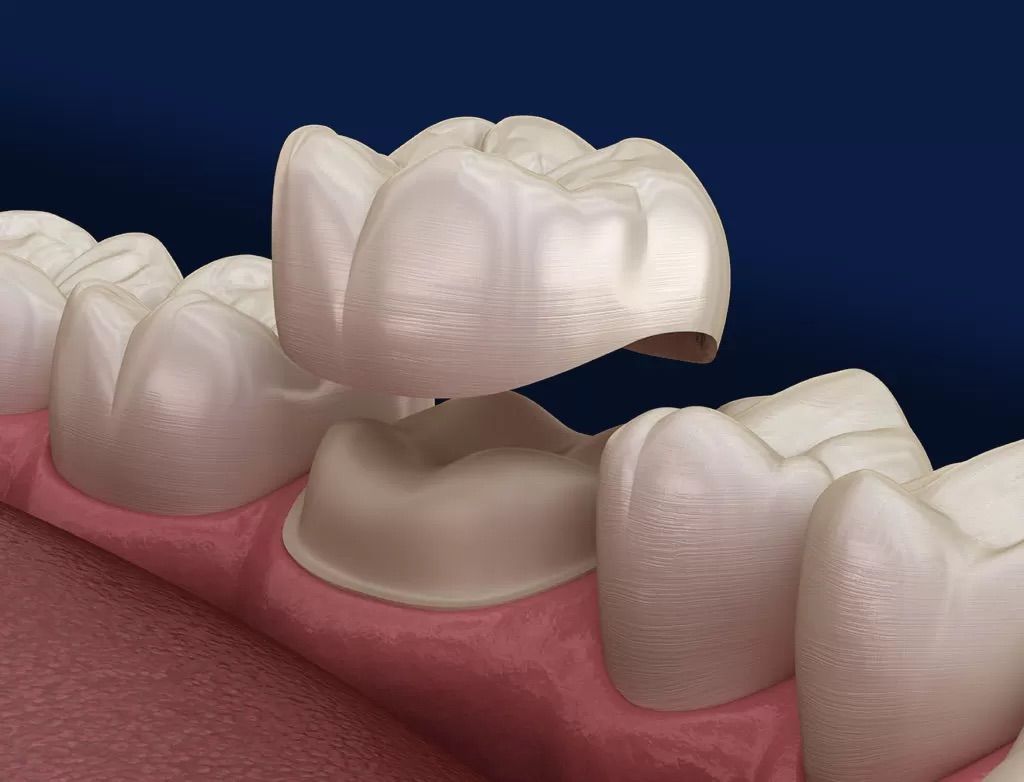What Causes Gingivitis and How Do You Know If You Have It?
What causes gingivitis, and how do you know if you have it? Gingivitis is the beginning of gum disease and is easily treatable when caught early. But, if it is allowed to progress, it can cause permanent damage to your mouth and your whole body. The longer gum disease is allowed to progress unchecked, the more destructive it can become. So if you notice something off with your gums, don't delay.
We understand, it can feel intimidating to seek a dentist, because you may not know what to expect or feel embarrassed by your current struggle.
But rest assured, we are here to help and make you as comfortable as possible. As a dentist, it is an honor to transform your smile back to health and confidence no matter where you are in your journey.
What is gingivitis?
First, gingivitis is a mild form of gum disease that causes swelling and irritation of the gums. Gum disease is ranked in stages depending upon how far the disease has progressed.
Gingivitis is the first stage of gum disease, meaning only the gum is infected. During this stage, you may notice your gums are red, bleed easily, and/or are tender.
As the disease progresses, it begins to eat away the bones around the teeth, and unfortunately, once the bone is lost, it doesn't regrow. This is one of the reasons it's essential to address gingivitis immediately before permanent damage occurs.
What causes gingivitis?
Gingivitis is caused by plaque, a sticky film of bacteria that forms on your teeth. This bacterial film is soft and easily removed at home with a toothbrush and floss.
This plaque is full of bacteria and acids that trigger an inflammatory immune response that starts to break down gums and bones.
If this soft plaque is not removed, it will eventually harden from the minerals in your saliva. This hardened plaque is called tartar or calculus and is stronger than bone.
This can not be removed at home. It must be professionally scaled away because of how strongly it attaches to the tooth.
Tartar is rough and destructive because it gives bacteria a place to hide away from your toothbrush and floss, creating an inflammatory bacterial trap.
The foods we eat play a significant role in plaque formation—soft high carbohydrate snacks, like chips and refined sugars, all increase plaque production.
The food choices we make every day are either hurting us or strengthening us. The more processed the diet, the more susceptibility to gum disease, and the more whole foods we eat, the stronger we are.
A healthy diet increases our resilience to all types of infections, including gum disease.
Additionally, the alignment and shape of our teeth can increase our chance of developing gum disease. Sometimes the spacing and shape of our teeth create food traps.
If you notice every time you eat you have an annoying spot that collects food; this area is much more likely to develop gum disease.
As the food ferments and bacteria are attracted to this area, the chronic inflammation caused by the trapped food begins to break down gum and eventually bone if not addressed.
Other factors increasing the risk of developing gum disease are health conditions. If you have inflammatory diseases or immune system impairments, you are more likely to develop gum disease.
Fortunately, gum disease is manageable with good home care, routine checkups, and healthy lifestyle choices.
Symptoms of gingivitis include:
- Red, swollen, or tender gums
- Bleeding gums when brushing or flossing
- Gums that are receding or pulling away from the teeth
- Bad breath
When to contact your dentist
If you are experiencing bleeding, tenderness, puffiness, or your gum line is changing, visit your dentist for a routine check-up to assess for tartar, the level of gum disease, and your best options for restoring your mouth to optimum health.
The earlier you catch it, the easier it is to treat. However, no matter where you are in your oral health, we are here to help you regain your health and confidence in your smile.
Please reach out to our dental office if you are in the Salem, MA, area and have concerns with your smile.


